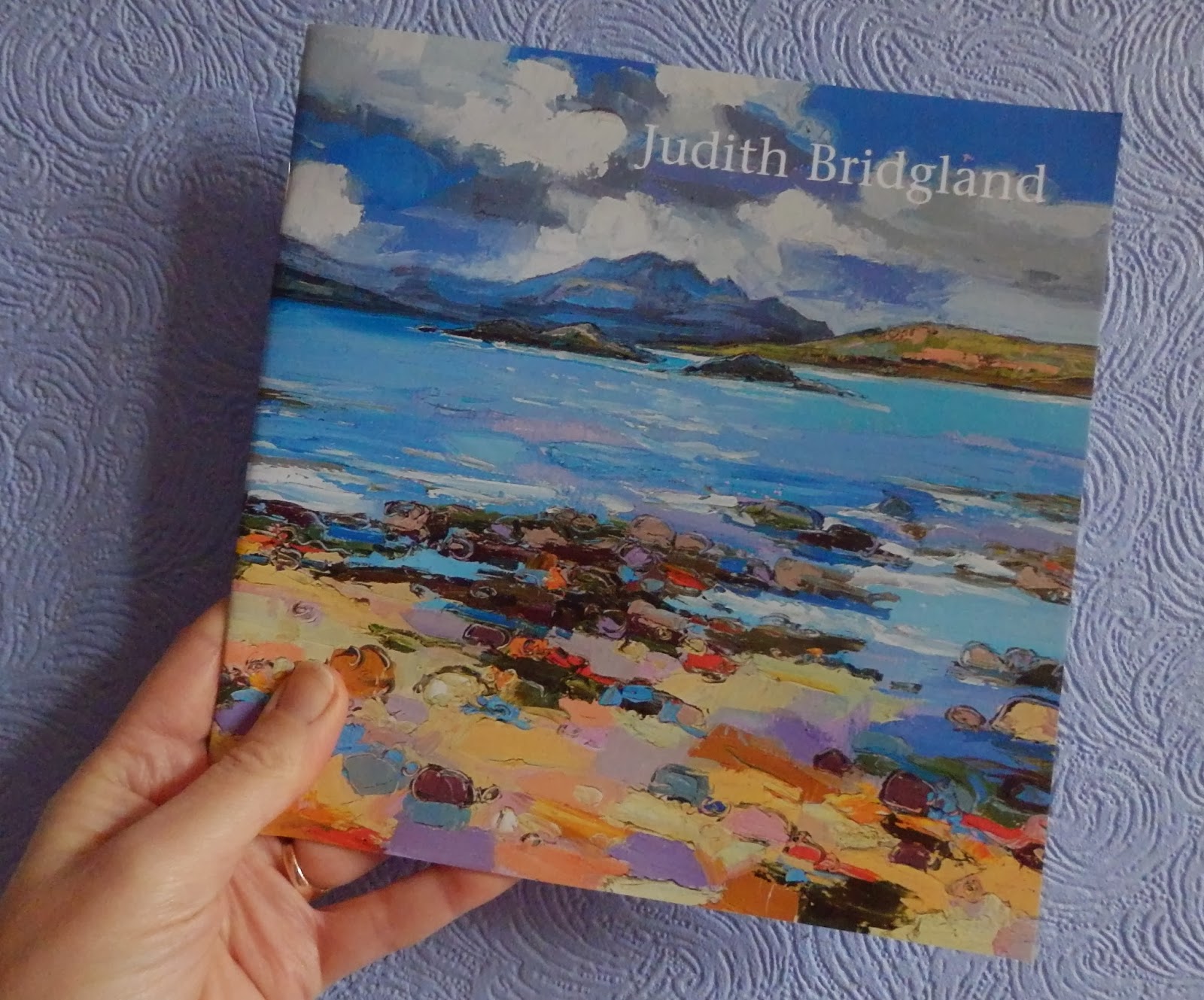Just watched Apples, Pears and Paint: How to Make A Still Life Painting on BBC i-Player. Exciting, thought-provoking, intelligent, it was richly life-affirming stuff. For once, this was a programme about fine art that started at the beginning of the story, told the story intelligently without gimmicks, and finished at the end. That's my sort of a programme.
It started out with Caravaggio's Basket of Fruit, the first modern depiction of still life since the Romans, which is in the Biblioteca Ambrosiana in Milan.
Painted in 1599, this is the punk rock of painting. Frescoes in Pompeii showed still lifes, but the genre died out until Caravaggio came along. You see, still life painting, by just choosing to depict humble, everyday objects as the subject of an entire painting, was considered not just lowly, but ungodly. Painting should promote religion, or depict saints or kings or great historic events or be morally uplifting. It should not be used to depict graven images of mere fruit and vegetables.
Here, Caravaggio defies convention and lavishes huge amounts of human energy, talent and time on that mere fruit. It was the only time he painted a picture just of still life, but what a painting. The detail, the reality of it, is astonishing. The texture of the wicker basket which just juts out over the edge of the table, the bloom on the skin of the grapes, the worm hole in the apples, the withering leaves of the vine, they are all tangible. It's a triumph of looking, of celebrating the overlooked, the disposable, fragile and perishable, and a triumph of making it eternal.
But within the humble objects, there is a feeling of uncertainty, of unease, of decay. The basket is slightly off-centre, the vine leaves (usually a symbol of Christ) stretch out of the frame on the right like withered hands trying to grasp something just out of reach. And there is that strange, empty void of pale negative space above the fruit. It's like a held breath, in paint.
A decade later, Caravaggio would paint The Raising of Lazarus with a huge dark void above the frieze-like band of figures. Here, the darkness is the terrifying, oppressive unknown of death itself.
Darkness isn't just darkness in Caravaggio, just as light isn't just light. It's about what it is to be human. And that's also what his still life is about. It about the brilliance and beauty of life, and also about its fragility and the passing of time.
The programme guided you through still life from Pompeii to last week, with everything in between including Dutch still life
Willem Kalf, still Life with Drinking Horn of St Sebastian's Archers Guild (Oil, 1653)
the optical realism of Chardin (who never left Paris),
Chardin, Skate (Oil, 1728)
the twitchy multiple realism of Cezanne (who shocked that same Paris with an apple)
Cezanne, Still Life with seven Apples (Oil, 1878)
Picasso, whose fractured cubist still life reflected the fractures of society in 1914
Picasso, Still Life with Compote and Glass (1914)
to still lifes done within the last couple of years, of the last meals requested by death row prisoners.
Mat Collishaw, Last Meal on Death Row: Gary Gilmore (2012)
One of the stand-out moments for me was the visit to Cezanne's studio. There, in the corner, was the plaster cupid. It was like spotting an old friend whom you hadn't seen for years and didn't know was still alive. It was that surprising. The actual plaster cupid of his Still Life with Plaster Cupid! It was like seeing a piece of the True Cross, only this really was the real thing.
Paul Cezanne, Still Life with Poaster Cupid (Oil, 1895)
And there, too, was the very table he painted, and the ginger jar...
Cezanne, still Life with Ginger Jar and Eggplants (Oil, 1984)
Even the bottle with Cezanne's finger prints still on it was still there (rather shockingly handled by the curator with bare hands). I'd never thought before "Where are the objects that Paul Cezanne painted? What happened to them - did they get thrown away, or are they still around?" And here they were. Who'd have thought? I don't know why it was so surprising, but it was.
So still life isn't just about fruit. Just as landscape isn't just about hills and trees.
It's about a whole lot more - it's about seeing, and looking, and being still in the centre of life, of appreciating and celebrating the humble and the ordinary, and about what it is to be human. As I said at the beginning, life affirming stuff.











.JPG)



